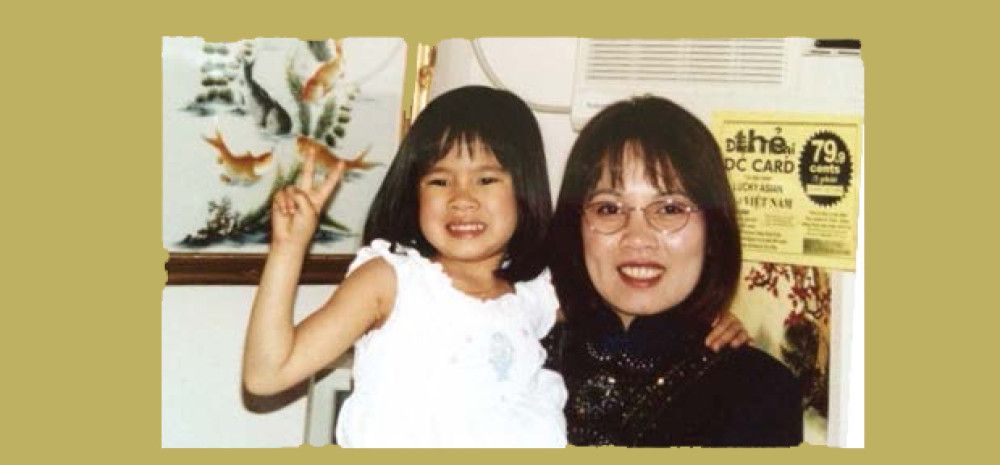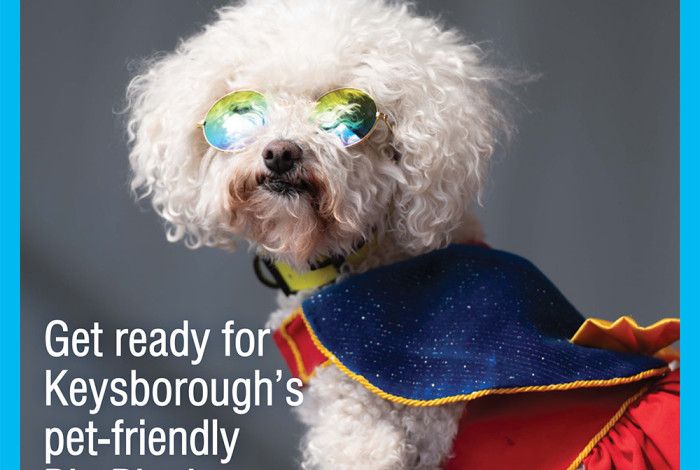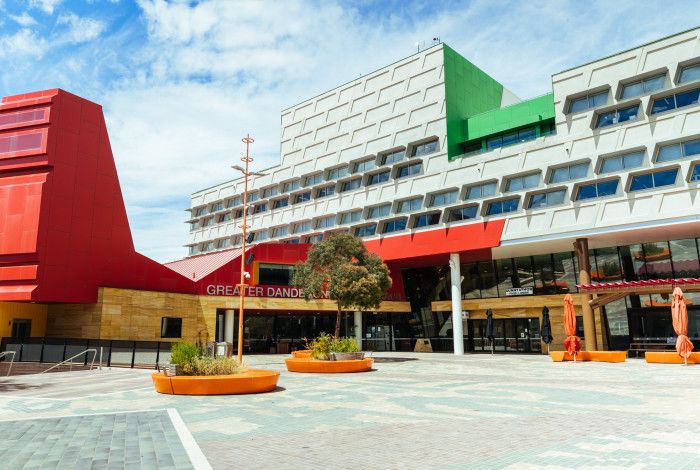
This year marks the 50-year anniversary of the first Vietnamese refugees arriving in Australia.They arrived having fled the devastation of war and political persecution. Many endured dangerous boat journeys on their way to Australia.
Our own Councillor Loi Truong participated in nine treacherous border crossings before ultimately being resettled in Australia in 1983.
He remembers the journey, is proud of his past and grateful to Australia for the resettlement opportunities it provided.
“The last time I escaped on a boat woven from bamboo and rubbed on the outside with a layer of road plastic to reduce water absorption, we had to take turns pumping out water day and night".
“The boat was at its widest in the middle about 1.6 meters and about 7 meters long. On the boat were 10 men from 18 to 40 years old, a 16-year-old woman and 5 children from 5 to 10 years old".
“We decided to go in September, the middle of the storm season because this time of year is very dangerous to go to the beach, so there are few patrols by the communist government's border guards and police".
“It was very hard to survive as a boat person when I escaped my home country. With open arms, the Australian people welcomed me here to this beautiful country with very kind people".
The resettlement of Vietnamese refugees is one of the most successful stories of integration and community building in Australia.
It is also a testament to Australia's commitment to humanitarian values, demonstrating our openness to welcoming people in need and providing them with a fair go.
Cr Isabella Do was born in Australia and talks about the harrowing experiences of her mother’s family who fled to Australia as refugees from Vietnam. Her grandparents had nine children. They were so desperately afraid for their children’s safety, they felt their only chance was to put them on boats in small groups and hope for refuge and safety in another country.
“My mother arrived in Australia at 13 with two older sisters and two much younger siblings as unaccompanied minors. They were fostered by an Australian family, the Dellavedova's, in Maryborough.
“Eventually, my grandparents also made it to Australia and the whole family re-united to begin their life in Springvale. They worked hard to create a good life.
“They sent my mother and aunts to Killester College and that’s where I went to school as well,” Cr Do said, adding that her mother’s experience as a 13-year-old ‘boat person’ left an indelible mark.
“I could never complain much. My mother always reminded me what she went through – drinking a dirty teaspoon of water a day as ration on their journey to hopefully make it somewhere safe.
While it was sometimes annoying as a younger person, it helps me appreciate how incredibly lucky we are to live safely in Australia.”
Many Vietnamese refugees spent time in the Enterprise Hostel in Springvale and then started market gardens and food businesses in the southeast. Almost 10 per cent of our population in Greater Dandenong is made up people born in Vietnam and Vietnamese is our most spoken language other than English.
Over the last five decades, they have become an integral part of Australia's multicultural society, contributing significantly to the country’s social, economic, and cultural landscape.
The influence of those refugee arrivals, later waves of migration and subsequent generations has influenced our Greater Dandenong culture and community.
Springvale is famous across Australia for our banh mi and pho. The hard work, resilience and entrepreneurial spirit of our Vietnamese community is evident throughout our city.
Greater Dandenong Mayor, Councillor Jim Memeti, said, “We are proud to reflect on the struggle, resilience and success of the Vietnamese people and to acknowledge the profound impact they have had on our community.”
You can read a powerful account of Cr Truong’s journey, in his own words. Please note: This content may be confronting for some readers. This article is a firsthand account of Cr Loi Truong's journey to Australia as a refugee and recounts some distressing scenes.



